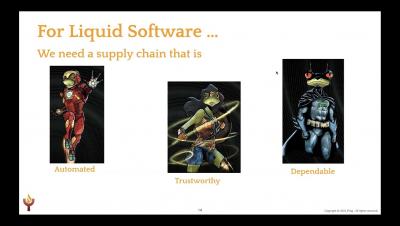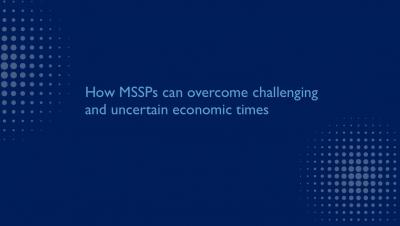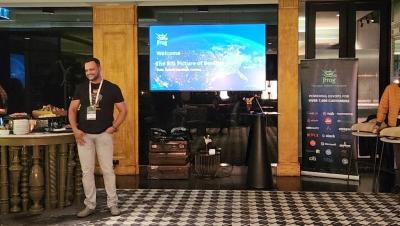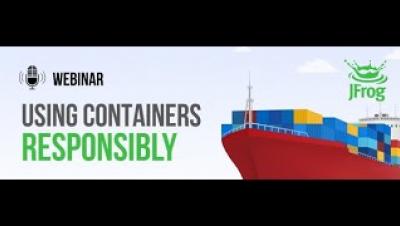How to Write a Fuzz Test for JavaScript
JavaScript is widely used in both backend and frontend applications. Crashes that cause downtime or other security issues are very common in nodejs packages. Our goal with Jazzer.js is to make it easy for developers to find such edge cases. In this webinar, Norbert will show you how to secure JavaScript applications using our open-source fuzzer Jazzer.js.











